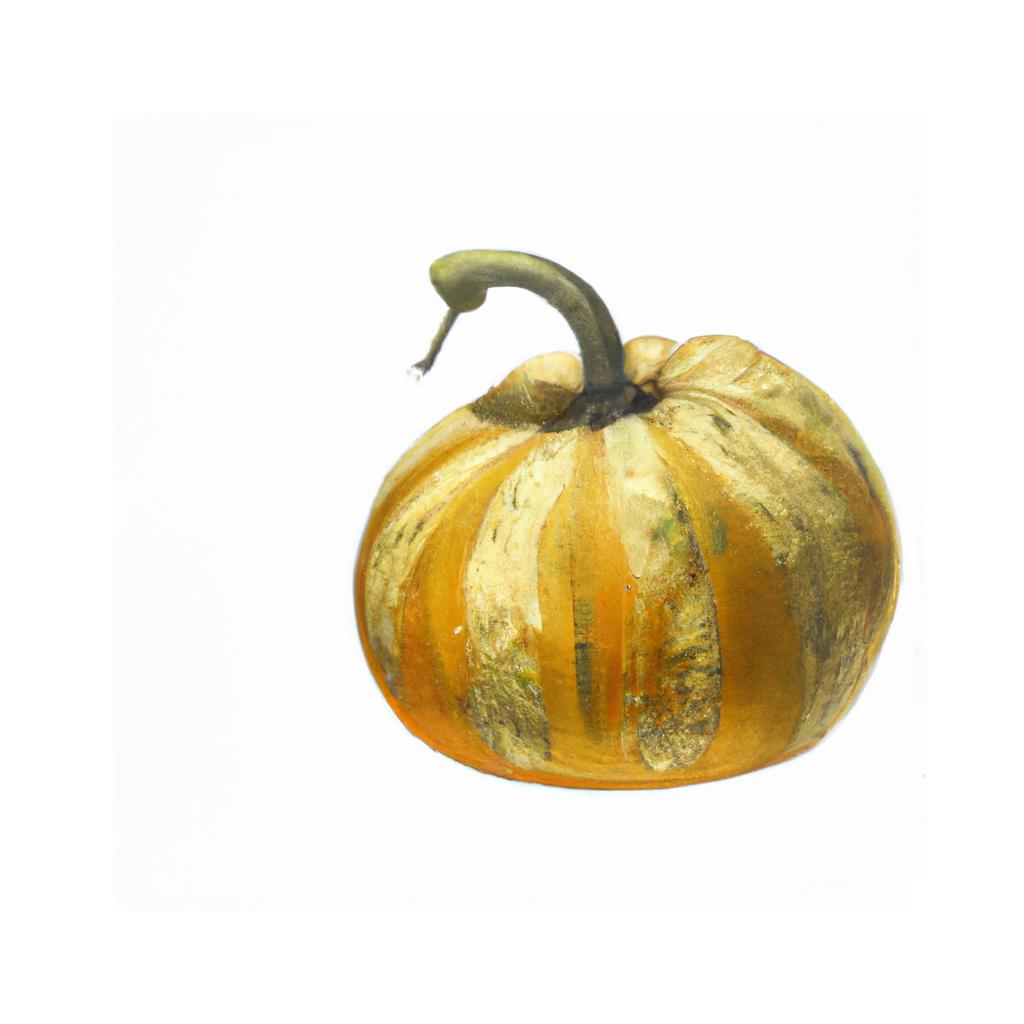
Pumpkin is a type of winter squash that belongs to the Cucurbitaceae family, which also includes cucumbers, melons, and gourds. Pumpkins are native to North America and have been cultivated for thousands of years. They have a rich history, with seeds dating back to 7000 BC found in Mexico. Pumpkins come in various sizes, shapes, and colors, ranging from small decorative varieties to massive ones that can weigh over 1,000 pounds.
Pumpkins are not only an iconic symbol of fall and Halloween but also packed with nutrients. They are low in calories and high in fiber, vitamin A, potassium, and antioxidants like beta-carotene. These nutrients contribute to better eye health, improved digestion, and lower blood pressure.
Pumpkin can be used in a variety of sweet and savory dishes. Pumpkin pie, a Thanksgiving favorite in the United States, is a classic sweet treat. However, pumpkins can also be roasted, made into soup or curry, added to pasta dishes, or even incorporated into bread and muffins. Pumpkin seeds are another delicious and nutritious part of the pumpkin – they can be roasted and enjoyed as a snack or added to salads and granola.
When growing pumpkins in your garden, be sure to give them plenty of space, as their vines can spread out quite a bit. They thrive in well-drained, fertile soil and full sun exposure. Plant pumpkins in late spring after the last frost has passed, and expect to harvest them in about 90 to 120 days, depending on the variety.
This is advice is most applicable to growers in the UK, you may need to adjust the timings if you live somewhere with a different climate and/or seasons.
| Month | Tasks | Advice |
|---|---|---|
| January | - | - |
| February | Start seeds indoors, | Sow pumpkin seeds indoors in seed trays or pots filled with moist compost. |
| March | Continue to grow seedlings indoors, | Keep pumpkin seedlings growing strong indoors, ensuring they receive plenty of light and warmth. |
| April | Harden off seedlings, Transplant outdoors, | Begin hardening off pumpkin seedlings by gradually exposing them to outdoor conditions during the day. Transplant seedlings outdoors after the last frost and when the soil has warmed up. |
| May | Water regularly, Thin seedlings if necessary, | Keep the soil consistently moist, but avoid overwatering. Thin out weaker seedlings to give stronger plants more space to grow. |
| June | Water regularly, Feed with fertilizer, | Maintain consistent watering and apply an all-purpose fertilizer every 2-3 weeks to promote healthy growth. |
| July | Water regularly, Feed with fertilizer, | Continue watering and feeding with fertilizer. Train pumpkins on a trellis or other support structure to save space and prevent rot. |
| August | Water regularly, Check for ripeness, | Keep watering consistently, and periodically check for signs of ripening fruit, such as a hard rind and even color. |
| September | Harvest ripe pumpkins, Water if necessary, | Harvest pumpkins when the vine has dried and the pumpkin has a hard rind. Cut the stem with a sharp knife, leaving a few inches attached to the pumpkin. |
| October | Harvest remaining pumpkins, Clear away plant debris, | Harvest any remaining pumpkins before the first frost. Clear away plant debris to reduce the risk of pests and diseases overwintering in the soil. |
| November | - | - |
| December | - | - |